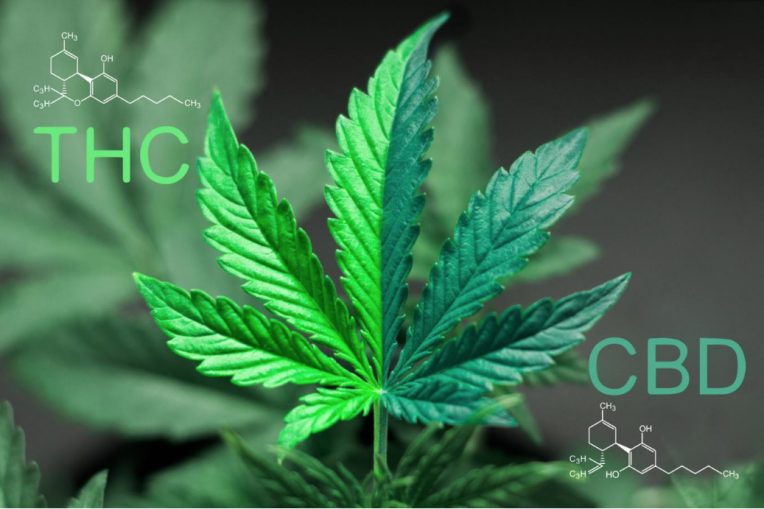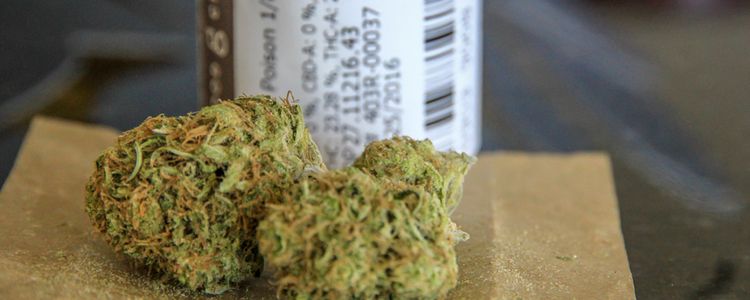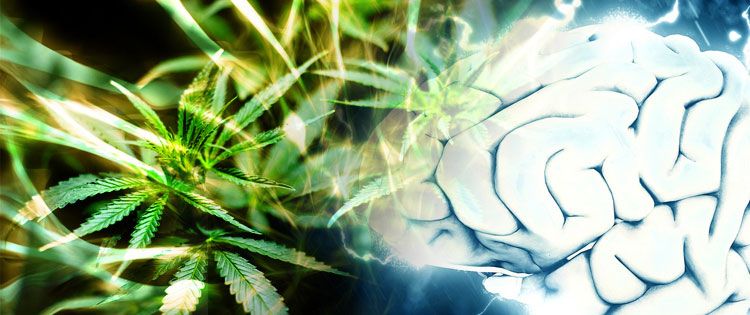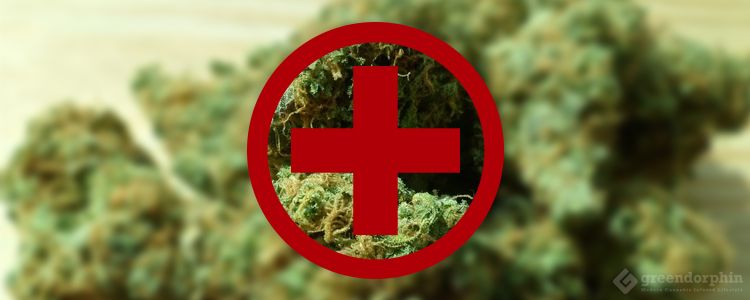The use of medical marijuana is on the rise. A drug that was once deemed the gateway drug is now being recognized for its beneficial healing properties.
When used the right way and for the right reasons, marijuana is helping thousands of people suffering from a wide range of illnesses and conditions.
The popularity of medical marijuana is becoming so widespread that there are actually doctors and doctor’s offices designed specifically to help patients gain access to the proper dosage for their condition. This website offers additional information.
This article will detail not only how medical marijuana can help, but what conditions it can treat and how novice users can access its many benefits.
How Does Medicinal Marijuana Work?
There are a few explanations that help users understand exactly how medical marijuana works. But there are also countless people who dispute the evidence, which is why more research is being done.
In short, marijuana contains over a hundred chemicals classified as cannabinoids. Your body naturally produces cannabinoids of its own, as well.

The two most popular chemicals found in marijuana, and the ones responsible for its healing benefits, are THC (Delta-9-tetrahydrocannabinol) and CBD (cannabidiol).
These two compounds are said to elicit feelings of relaxation and euphoria in people. THC is the chemical most people associate with marijuana use because it’s the type of cannabinoid that causes a “high” feeling.
CBD contains only traces of THC (less than .03%) and therefore doesn’t elicit the same “high”, but still offers its own set of healing properties. When ingested, marijuana interacts with your body’s natural chemicals and receptors in the brain to treat a long list of conditions (more on that later).
To learn more about how these most well-known cannabinoids, THC and CBD interact with our body watch Dr Teh, Cannabinoid Clinician explaining it in more details:
Is Marijuana a Legitimate “Medicine”?
Marijuana for medical use is currently legal in 33 of the 50 states in the U.S. and the District of Columbia.

Although research shows that the drug can help relieve symptoms associated with a variety of diseases, it’s only cleared by the FDA to treat two very specific forms of epilepsy. Marijuana is still classified as a Stage I drug, putting it in the same category as serious narcotics such as heroin and LSD.
The hope is that in the future, marijuana will be downgraded to a Stage II drug, equivalent to popular pain relievers such as oxycodone and other drugs like Ritalin.
What Can It Treat?
Now that you have a better understanding of why marijuana is still classified as a Stage I drug and how it interacts with your body, let’s cover some of the conditions it’s used to treat.
Insomnia
Insomnia is classified as chronic sleeplessness. It is marked by the inability to fall asleep or stay asleep.
Approximately 60 million Americans suffer from some sort of sleep disorder that prevents them from getting adequate rest. Lack of sleep can have disastrous effects on the body and mind.
Medical marijuana can help treat insomnia and other sleep disorders by relaxing both the mind and body, preparing it for rest. It’s no secret that smoking weed makes you feel calm and relaxed. This may reduce the time it takes someone to fall asleep.

Some studies show positive effects on sleep apnea sufferers since cannabis changes the levels of serotonin released in the brain. If you suffer from nightmares, marijuana may help suppress the REM cycle of sleep (rapid eye movement) which is the period of time when most people experience dreams and nightmares.
This is especially useful for PTSD (post-traumatic stress disorder) sufferers who experience recurring nightmares related to their trauma. It’s still unclear if the long-term use of marijuana for sleep can have negative effects.
It is, however, proven that marijuana in some people can cause feelings of alertness, having the opposite effect on those suffering from insomnia. This is why receiving a proper medical diagnosis and dosage from a professional is recommended.
Chronic Pain
Over 50 million Americans suffer from chronic pain. Most treat it with pain medication, which we already know is a recipe for addiction disaster. More people become addicted to opioids and pain medications than any other drug.
So marijuana use to treat pain makes sense for more than one reason. Physical, and even mental, addiction to weed is extremely rare.
For those pain sufferers who choose not to take traditional medications out of fear of dependency sometimes turn to chiropractic care, physical therapy, acupuncture, or massage to find relief. But it’s becoming more clear that cannabis can effectively treat chronic pain and relieve symptoms in most people.

The endocannabinoid system in your body plays an important part in regulating and managing pain. When the cannabinoids in marijuana interact with your body’s natural chemicals, pain symptoms are reduced.
More research and studies are being performed to determine exactly how and why this happens, but several experiments have proven marijuana has a positive effect on chronic pain sufferers.
For further information on how the endocannabinoid system (ECS) works, here is another short video with Dr Teh:
Side Effects of Chemotherapy
While medical marijuana can’t cure or even treat cancer (yet) it’s reported that marijuana significantly reduces the side effects from chemotherapy including fatigue and nausea.
Some cancer patients also experience neuropathic pain associated with nerve damage. And we’ve already covered how cannabis may help relieve pain symptoms. While cannabis isn’t used to treat cancer, research is still being done. According to the American Cancer Society, scientists have recently reported that cannabinoids may actually slow down the growth of certain types of cancer cells. In other cases, it’s even killed some cancer cells and prevented them from spreading.

Here are a few other conditions that medical marijuana is proven to treat or offer moderate relief for:
- Anxiety/Depression
- Nausea/Vomiting
- Alzheimer’s Disease
- Diabetes
- Glaucoma
- Muscular Sclerosis
- Epilepsy
This list is not inclusive and more discoveries are being made every day.
How Can I Use It?
Not everyone is well-versed in smoking weed. Could you picture your grandmother trying to smoke a joint or use a water bong?
Most adults who aren’t totally on board with marijuana use or its widespread acceptance need an easier, more discreet way to consume the drug. The good news is, the number of products containing both THC and CBD is on the rise.
From gummy candies and brownies to inhalers, ointments, and oils, patients have a wide range of choices when it comes to marijuana consumption.
To obtain medical marijuana you must get a prescription or written recommendation from a licensed doctor in a state where its use is legalized. Your condition must also qualify as one that medical marijuana can treat. Each state has its own list of approved conditions.

Once you receive your diagnosis and prescription you’ll be issued a medical marijuana ID card. This card allows you to purchase medical marijuana legally from a dispensary.
While medical marijuana shouldn’t replace every medication in your cabinet, it may offer supplemental relief to some very common conditions.
As with any new substance, be sure to do your research before consuming marijuana. Speak to your doctor and always adhere to local laws. But keep an open mind, as well.
The use and approval of medical marijuana is on the rise and the reasons are becoming clearer each day.
- Why CBD Gifts Could Be the Perfect Present For Your Loved Ones - July 15, 2020
- Common Kratom Myths Debunked - July 14, 2020
- The Pros and Cons of Different CBD Extraction Methods - May 8, 2020


